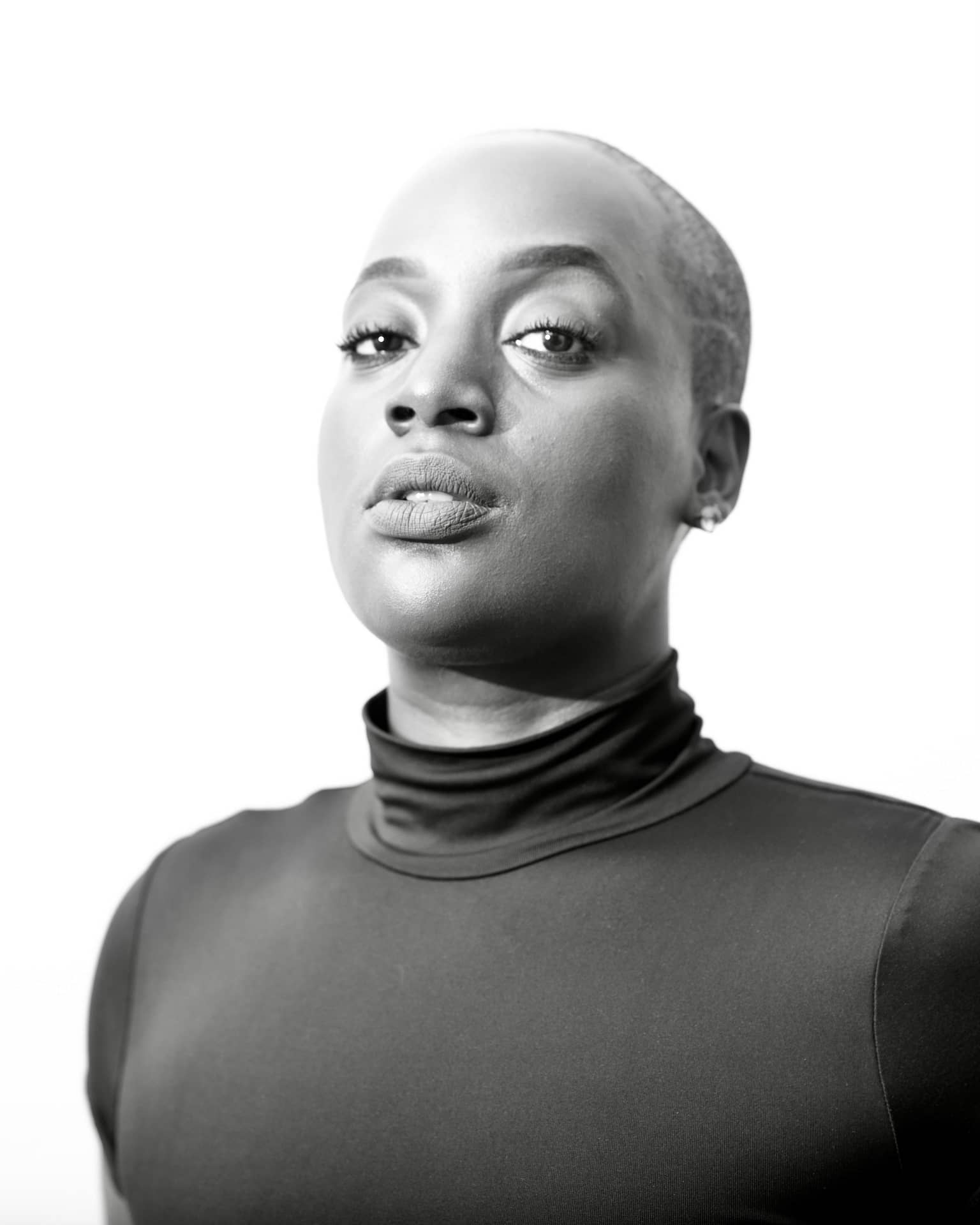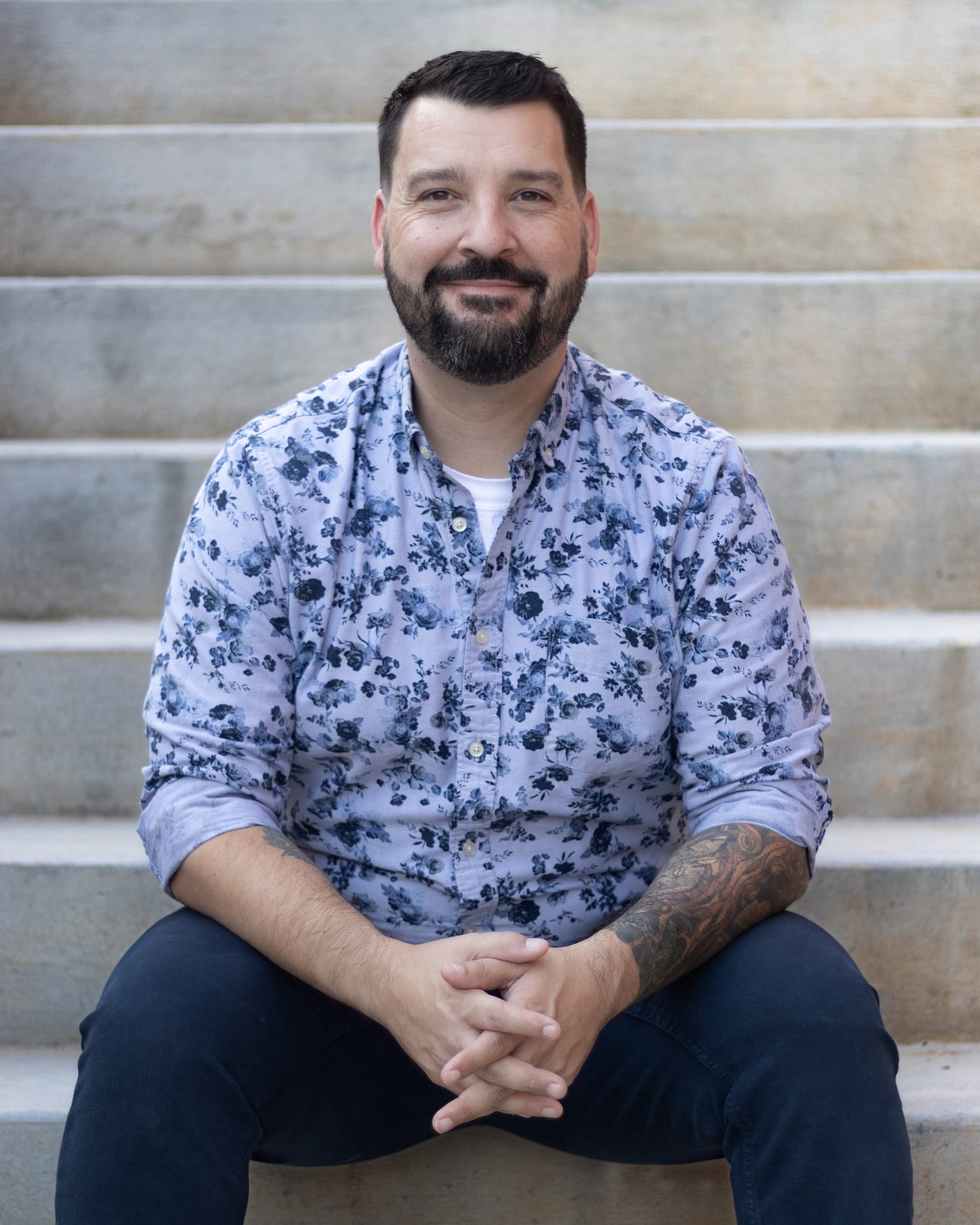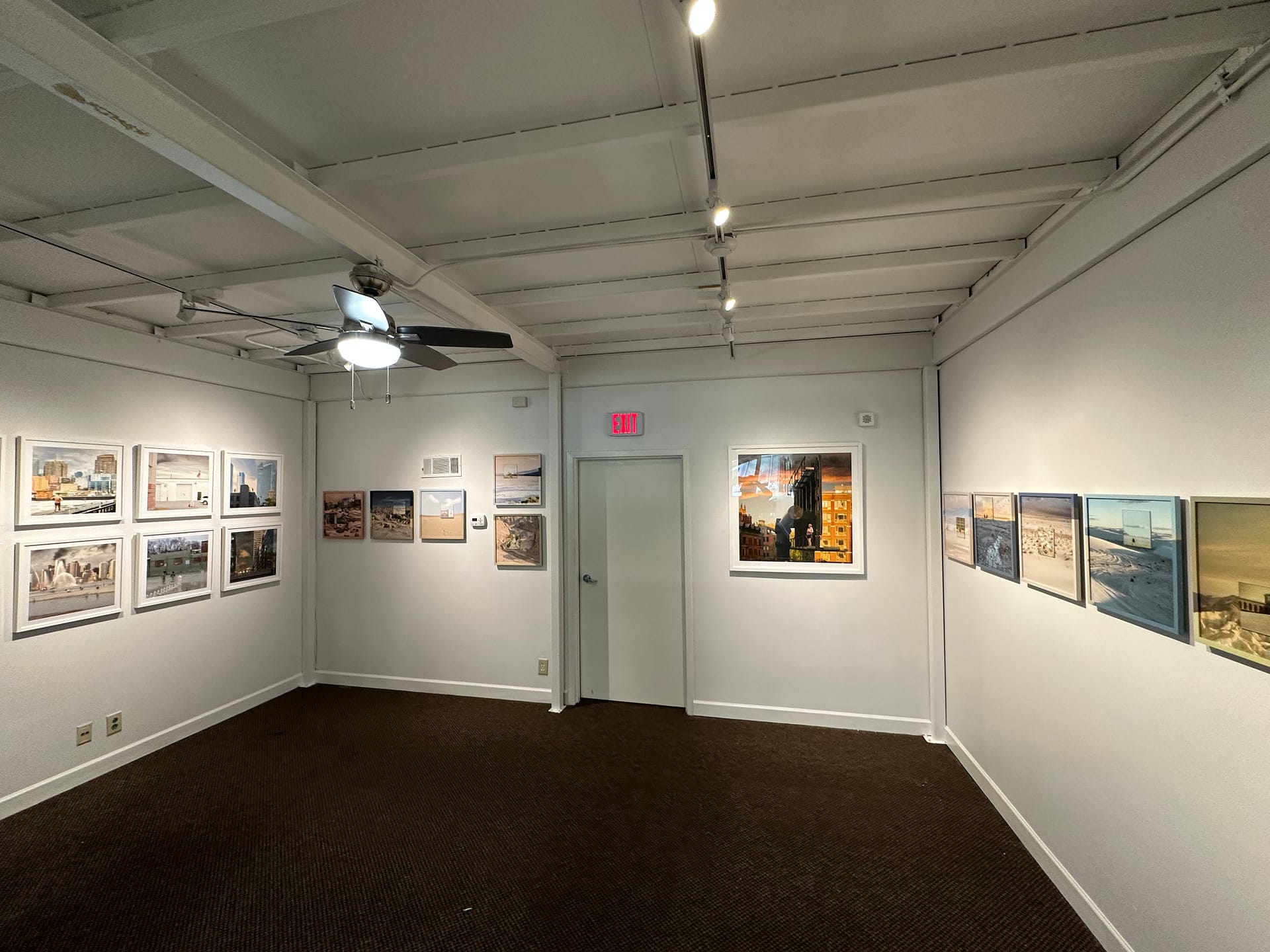Clay Jordan was born in Augusta, GA and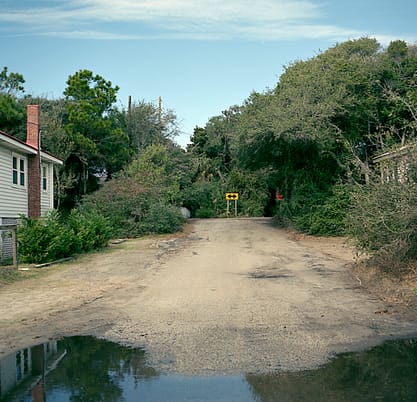 is currently based in Athens, GA. His photographs reveal a world at odds with itself, one in which humans are unaware they’ve been locked in a stalemate with nature, and then suddenly aware of the days rushing past, and the inevitable fog, smoke, and shadows that fall over everything. But Jordan is also a wry observational humorist, with images captured from a safe-distance, allowing for an unobstructed view of the silliness of so much human invention: a carport for a car, a plastic wig on a plastic mannequin, a strand of lights and a star hung on a tree. And all these things are set against the perfect, logical, endless backdrop of nature. Through Jordan’s lens, humans have way too much free time and then not nearly enough.
is currently based in Athens, GA. His photographs reveal a world at odds with itself, one in which humans are unaware they’ve been locked in a stalemate with nature, and then suddenly aware of the days rushing past, and the inevitable fog, smoke, and shadows that fall over everything. But Jordan is also a wry observational humorist, with images captured from a safe-distance, allowing for an unobstructed view of the silliness of so much human invention: a carport for a car, a plastic wig on a plastic mannequin, a strand of lights and a star hung on a tree. And all these things are set against the perfect, logical, endless backdrop of nature. Through Jordan’s lens, humans have way too much free time and then not nearly enough.
How long have you been taking photos?
About twelve years.
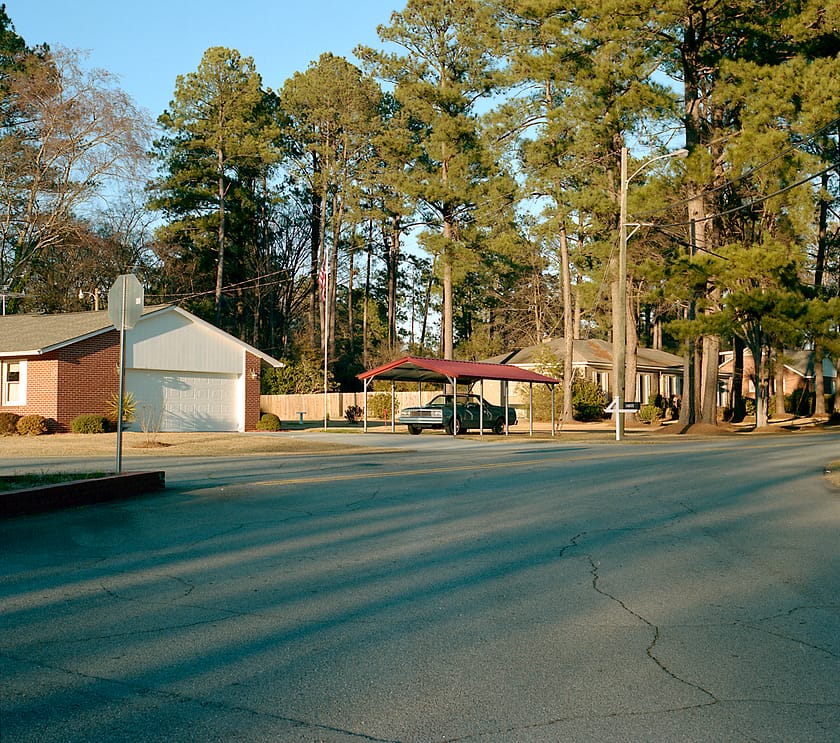
Are you always working on your art, or do you make certain time for it? Is there a certain mood you need to be in to create?
Early on, my process was having a camera with me at all times and taking pictures of whatever caught my eye- a typical method for practitioners of street photography, the style of photography with which I was most closely aligned. However, in the past few years, I have been using a larger camera (medium format), so now my process has become slower and more deliberate. I usually set aside certain times each week to drive around searching for people/places/things that I want to photograph. Medium format film is quite expensive so I am now more careful before pressing the shutter.


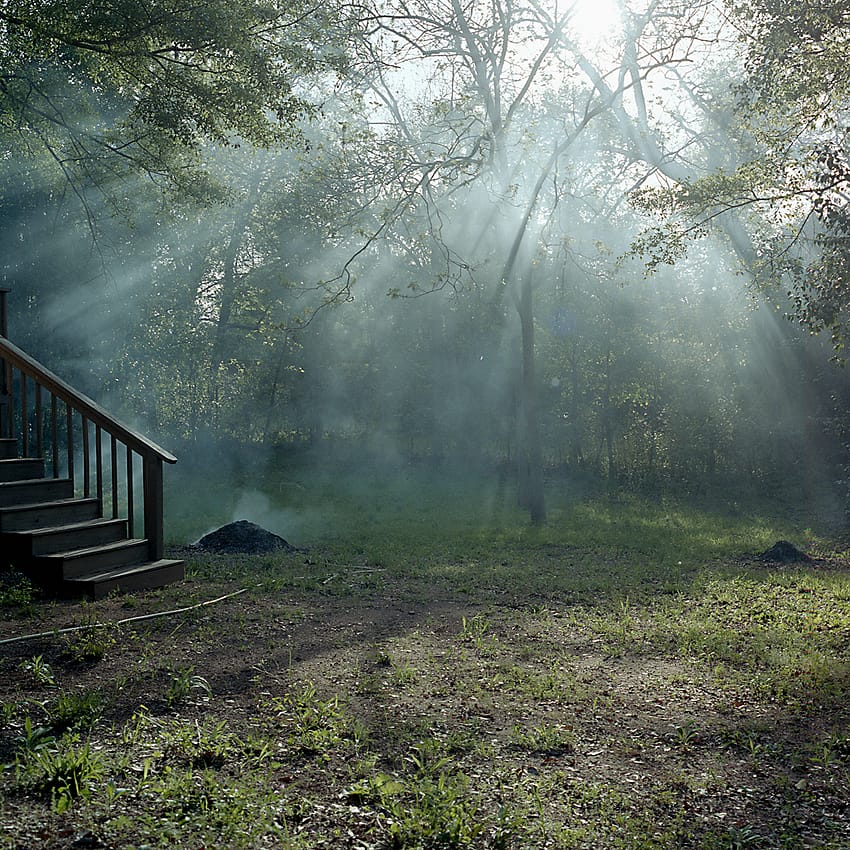
What role does nature play in your work?
Hmm, I have never thought about this specifically. Whenever something catches my eye that I feel compelled to document, it is usually the entire scene that fascinates me- not just one particular detail. I will say that I am most interested in man-made structures that are made to emulate the natural world. Humans at this point in history have a very fractured, complicated relationship with the natural environment that I find disheartening but worthy of exploration.
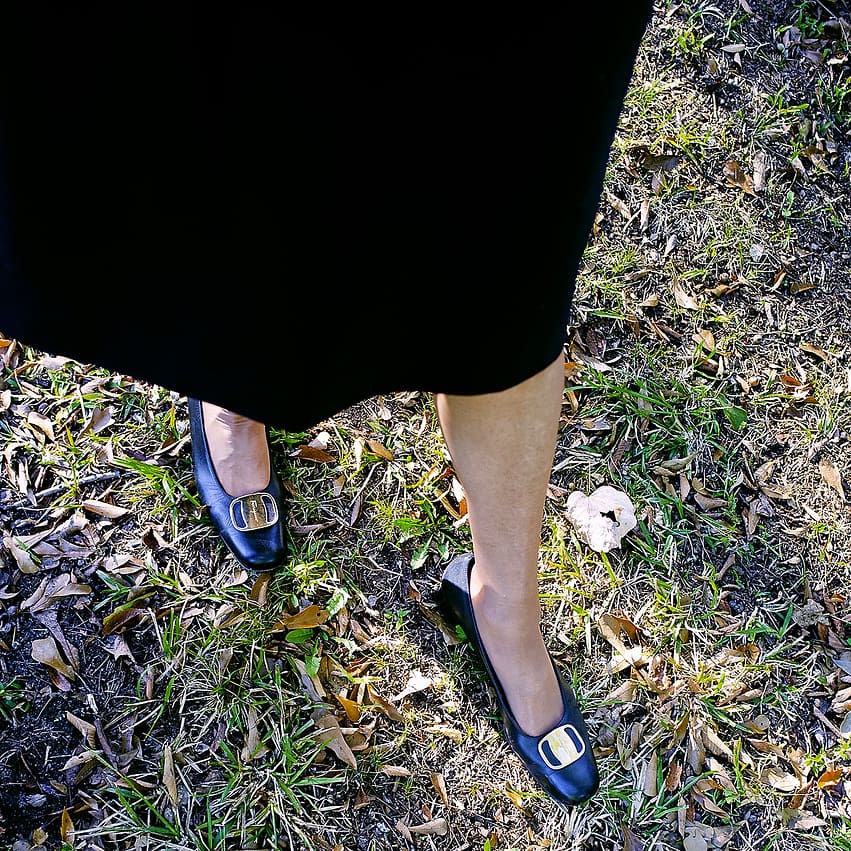
What role do people play in your work?
This is very tough to answer exactly, but on a general level, I want to photograph people who seem to have a mystery to them that will be heightened by taking their picture.
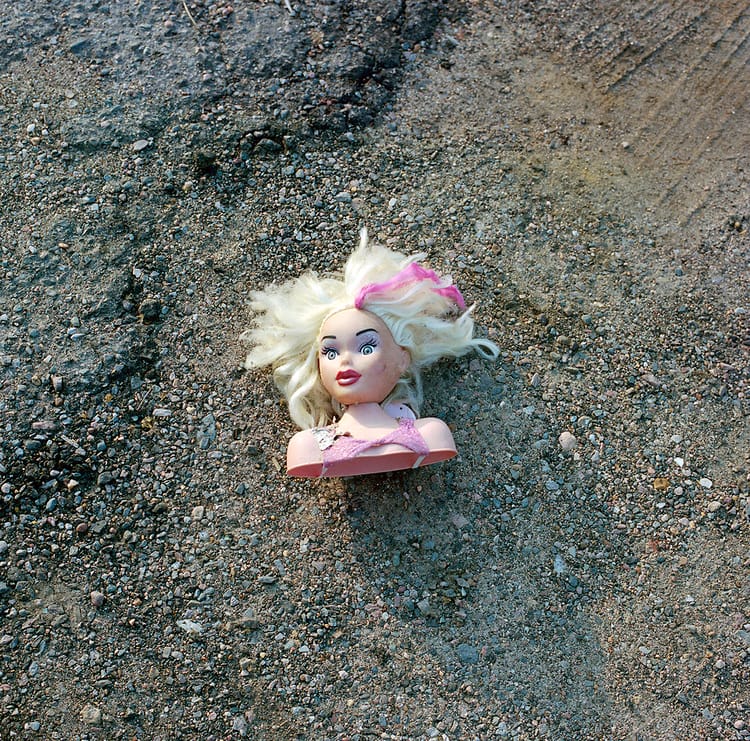
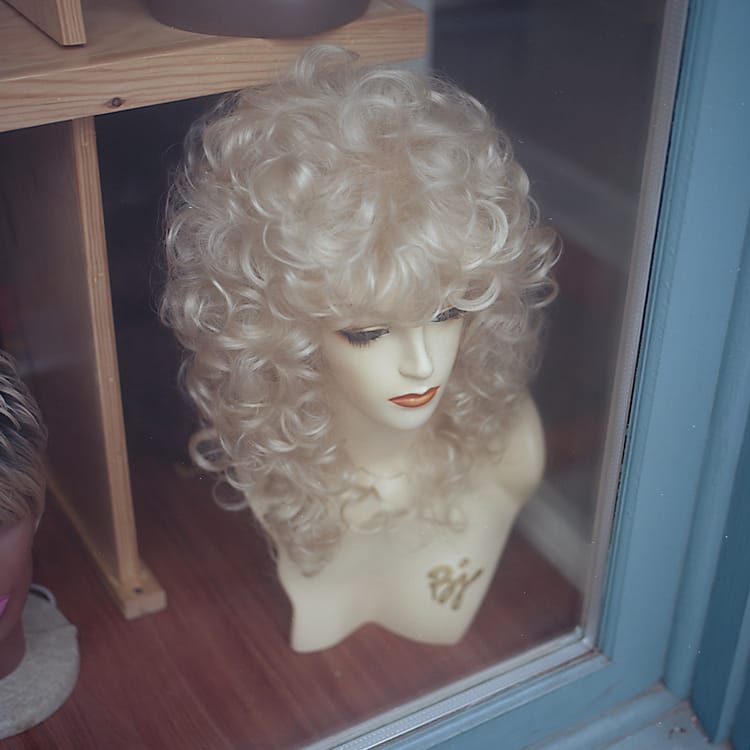
Read anything good lately?
A few (new and old) that spring to mind immediately: Ethan Frome by Edith Wharton (great, melancholy winter reading), Remainder by Tom McCarthy, The Virgin Suicides by Jeffery Eugenides, and 10:04 by Ben Lerner.
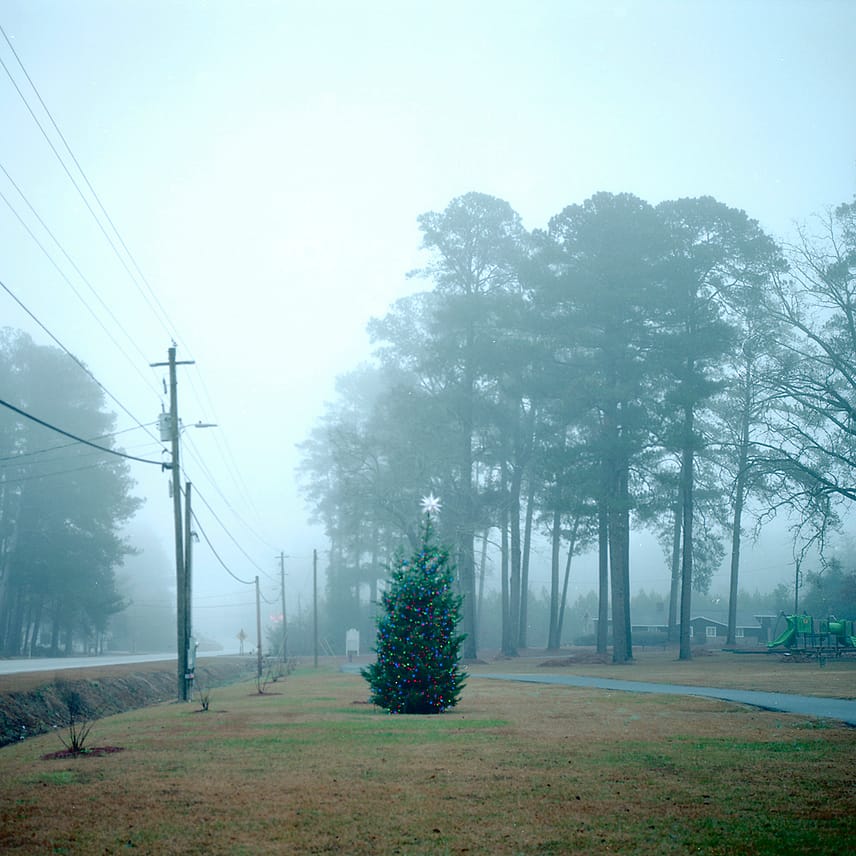
How can people find your work on the web?

